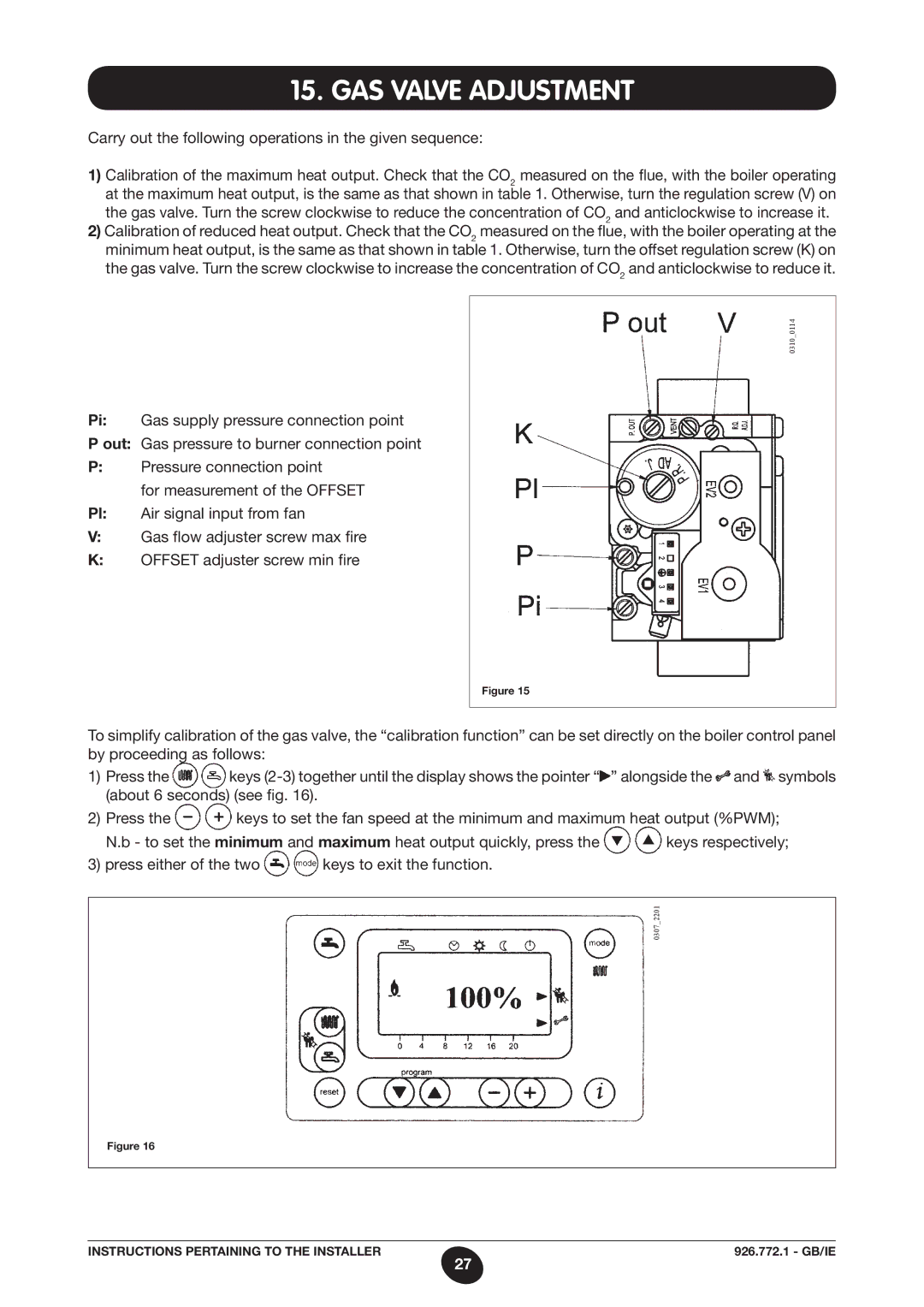WH46, WH65 specifications
The Baxi Potterton WH65 and WH46 are renowned for their efficiency and reliability, designed to meet a variety of heating requirements in residential and commercial settings. These models exemplify advanced engineering, ensuring that users benefit from optimal performance and reduced energy consumption.One of the main features of these units is their exceptional heat output. The WH65 boasts a powerful output of 65 kW, making it suitable for larger properties or commercial spaces with high heating demands. Conversely, the WH46 provides a more moderate output of 46 kW, ideal for smaller applications. Both models are built to provide consistent heating, contributing to a comfortable environment regardless of external weather conditions.
Technologically, the Baxi Potterton WH series utilizes a robust cast iron heat exchanger, renowned for its durability and long lifespan. This feature not only enhances the unit’s efficiency but also aids in better heat retention, allowing the boiler to operate at optimal levels for extended periods. The heat exchanger is complemented by an intelligent control system, which allows for easy adjustments to settings, ensuring that the heating output can be modified to suit specific needs.
Another important characteristic of the WH65 and WH46 is their user-friendly interface. Both models are equipped with clear and intuitive controls, making it easy for homeowners and technicians alike to operate and maintain the units. For added convenience, these boilers can be integrated with external controls, enabling smart temperature management and energy saving.
The efficiency ratings of the WH65 and WH46 models are commendable, allowing for lower energy bills and a reduced carbon footprint. These boilers comply with stringent environmental standards, contributing to eco-friendliness without compromising performance.
In terms of installation, both models are designed with flexibility in mind. They can be installed in various positions, adapting to space constraints or specific installation requirements. Furthermore, the boilers are relatively lightweight for their category, making them easier to handle during the installation process.
In conclusion, the Baxi Potterton WH65 and WH46 are exemplary heating solutions that combine power, efficiency, and user-friendly features. They cater to diverse heating needs while ensuring durability and compliance with modern energy standards, making them a popular choice among consumers and heating professionals alike.

